15 Pop Art Facts To Blow Your Mind!
Here is everything you've ever wanted to know about the brightest, boldest and biggest art movement of the 20th century!
Pop art is one of the biggest art movements of the 20th century - we bet you've seen at least one famous piece of pop art! But even if you're an art buff who can tell an Andy Warhol from a Yayoi Kusama, we bet there's still more you don't know! Read on to learn about pop art - the history, the heyday, and the highlights! And there are more facts waiting for you when you're done! Learn all about Albert Einstein, Beatrix Potter, and the Mona Lisa!
1. It means "popular art"
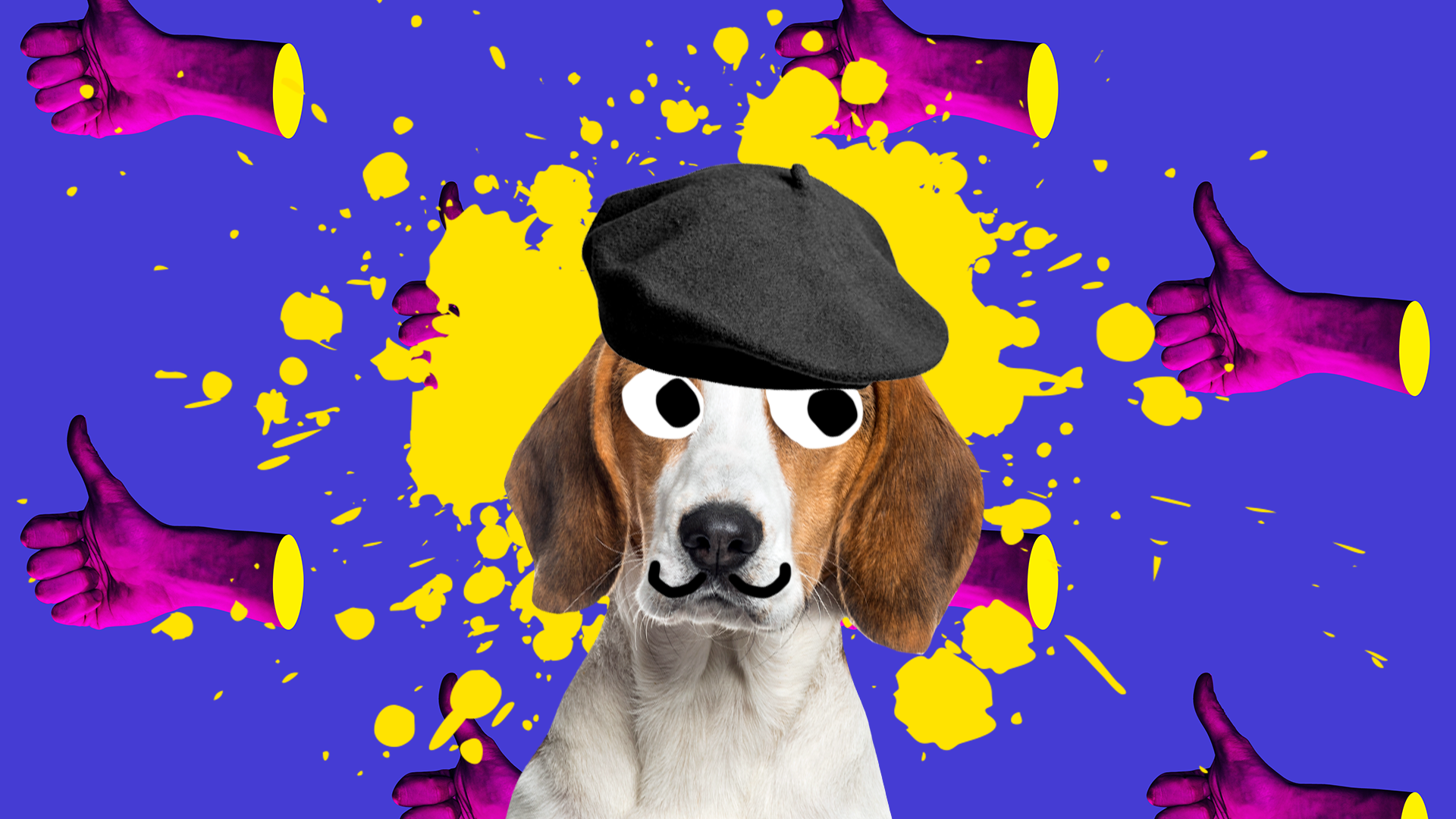
"Pop art" is short for "popular art" (just like how "pop music" is short for "popular music"!). This can actually mean a lot of things - after all, if something is popular that means lots of people like it! In the case of pop art, though, it's all about what influences the artist. This is because...
2. It's all about pop culture
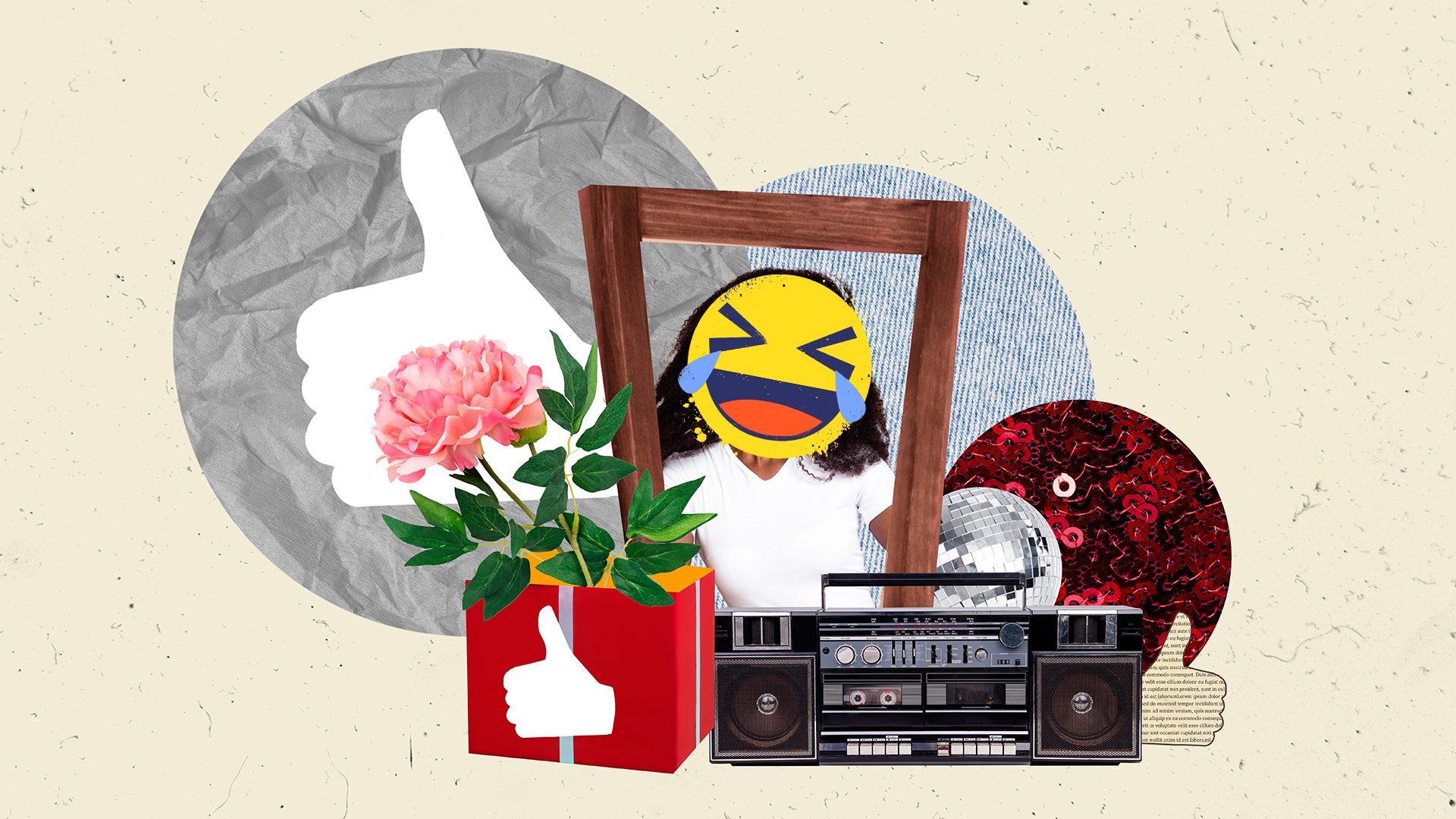
Pop culture (yep, it's short for "popular culture") means things that are enjoyed everyday by ordinary people - think about blockbuster films, hit music, TV shows everyone loves to watch, fashion trends, and the products we buy every day. Pop art takes a lot of inspiration from these things, which was very different from the traditional idea of art. Classical art is often about things that most people can't relate to or don't experience - portraits of kings and queens, or scenes from the Bible, or epic historical battles, for example. Pop art is all about taking things we look at every day and making them into art.
3. It was a response to a new world

The world changed a lot in the 20th century, and one of the big changes was how people entertained themselves. Cinema became popular first, and later on television and video games became ways to entertain people every day. People also had more spending money, and there were more products for them to buy, so advertising became a huge industry. Pop art reflected the way that there was more media than ever to consume, more products to buy, and more ways to sell those products.
4. New York was the hub of pop art
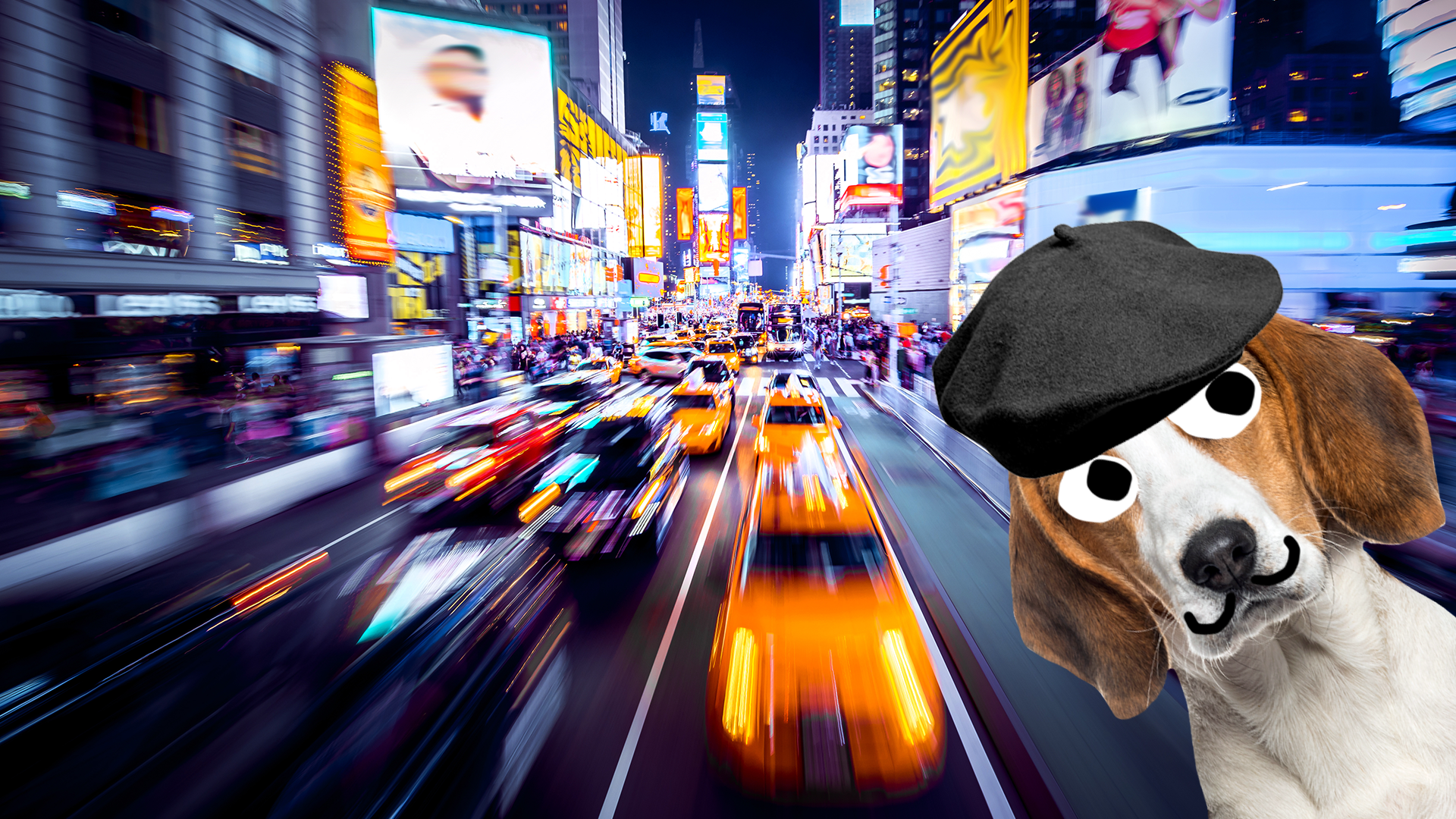
Lots of pop artists gathered in New York City to produce their art, and if you've ever been to the Big Apple you might understand why! For a long time it's been a world hub of culture, music, art, and also advertising - Times Square is home to some of the biggest and gaudiest billboards in the world.
5. ...but it started in the UK!
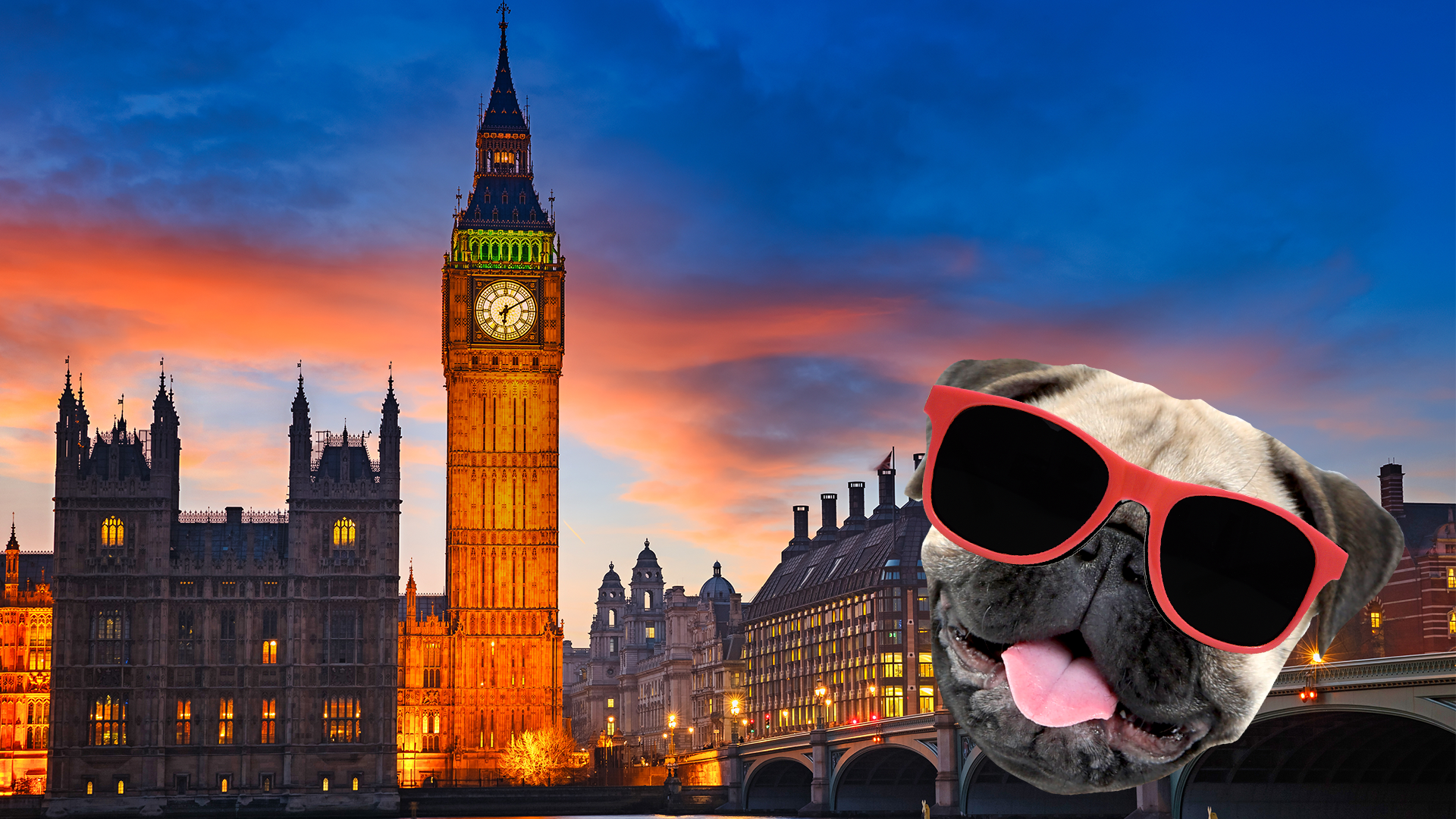
Even though some of the best known pop artists were American, the movement actually has its roots in Britain! In the 1950s, British artists like David Hockney, Richard Hamilton and Eduardo Paolozzi were creating amazing and colourful works of art that referenced pop culture. Eduardo Paolozzi was even the first to use the word "pop" in his art, in a collage made in 1947.
6. Andy Warhol is the most famous pop artist

Even if you've never heard his name, you've probably seen his work! Andy Warhol was an American artist, born in 1928. He started off doing illustrations for fashion magazines, but later moved into making his own art. His most famous works are "Campbell's Soup Cans," which is thirty-two paintings of Campbell-brand branded soup tins; and "Marilyn Diptych", which is a silkscreen painting of fifty smaller portraits of movie star Marilyn Monroe. Both Campbell's soup and Marilyn Monroe were pop culture icons, and the repetition of the image makes a point about how we consume mass-produced culture. Andy Warhol was also famous for the lavish parties he threw in his New York studio, which was called The Factory because he believed his process of making art was like a factory making products.
7. Roy Lichtenstein was another famous pop artist
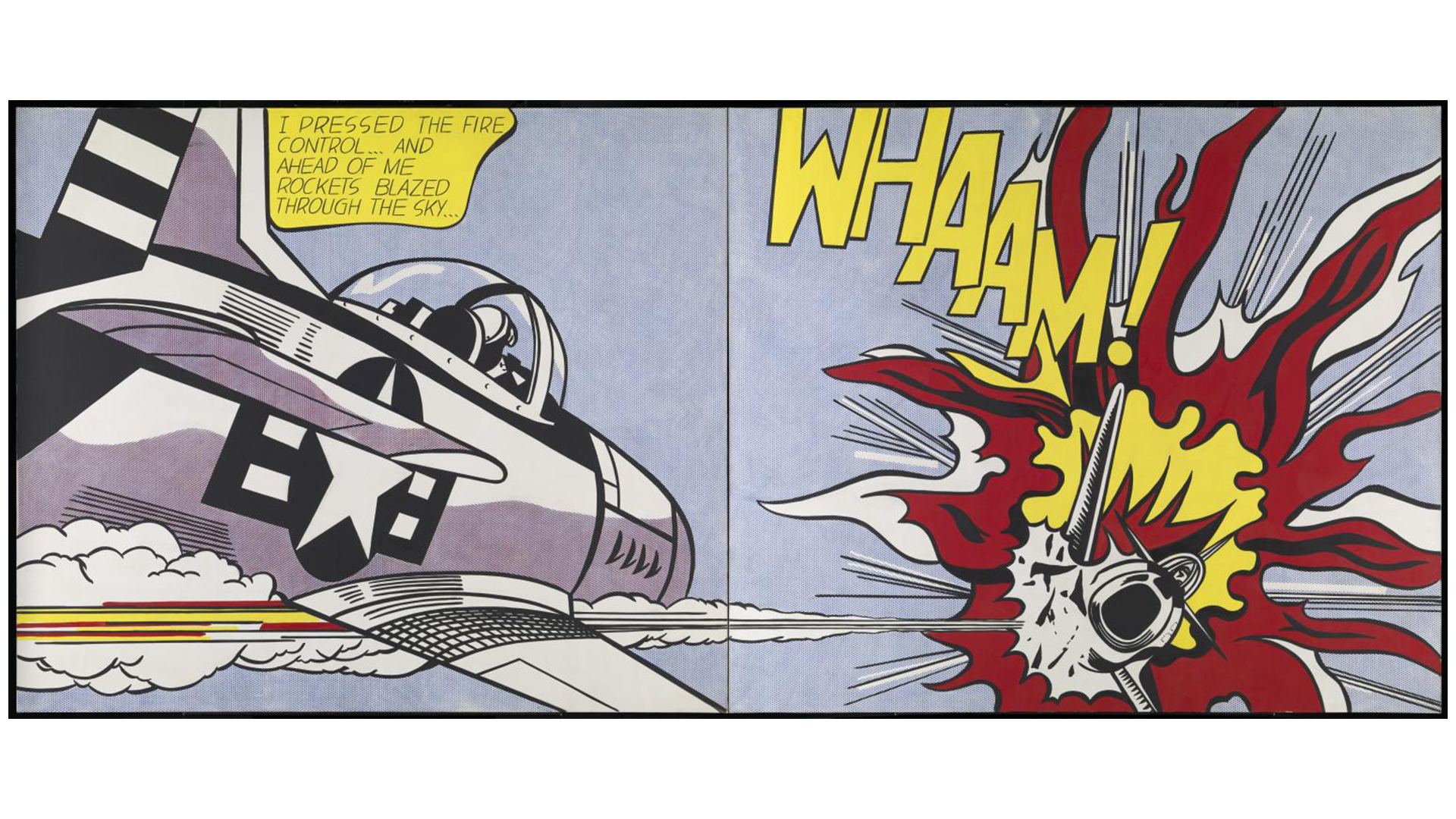
Another very famous artist in the movement was Roy Lichtenstein. He was born in 1923 and he was also based in New York City. His work was inspired by comic books, and he blew up the panels to a giant size so you could see the dots used to make up the images. He also liked to include the speech bubbles and sound effects - his most famous piece is called "Whaam!" and it shows a fighter plane firing a rocket. We're big fans of comic book art here, but that goes without saying!
8. It was most popular in the 1960s
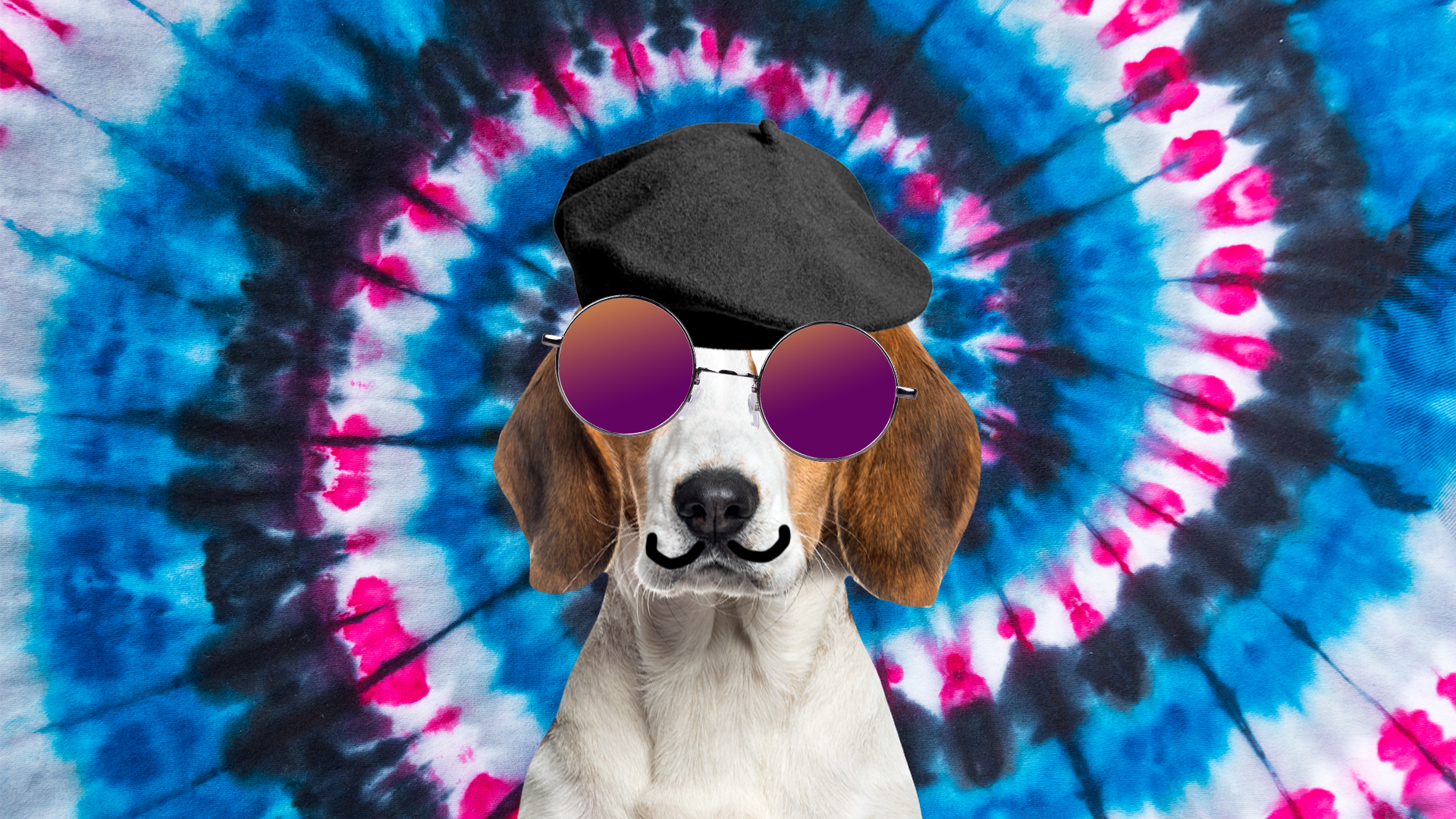
Even though pop art started in the 1950s, it had its heyday in the 1960s, so a lot of famous pop art is a reflection of 1960s culture. A lot of celebrities associated with the 1960s hung out at Andy Warhol's Factory, and pop artists made album covers for artists like The Beatles and The Velvet Underground.
9. It's expensive

Even though the images in pop art can be so simple, they often sell for a lot of money! At the height of his career Andy Warhol was one of the wealthiest artists in the world! One of his Marilyn paintings sold for $195 million in 2022, and Roy Lichtenstein isn't far behind, with his painting "Masterpiece" selling for $160 million in 2017. So, if you want some vintage pop art on your wall, you might have to start saving up!
10. It's bold and bright
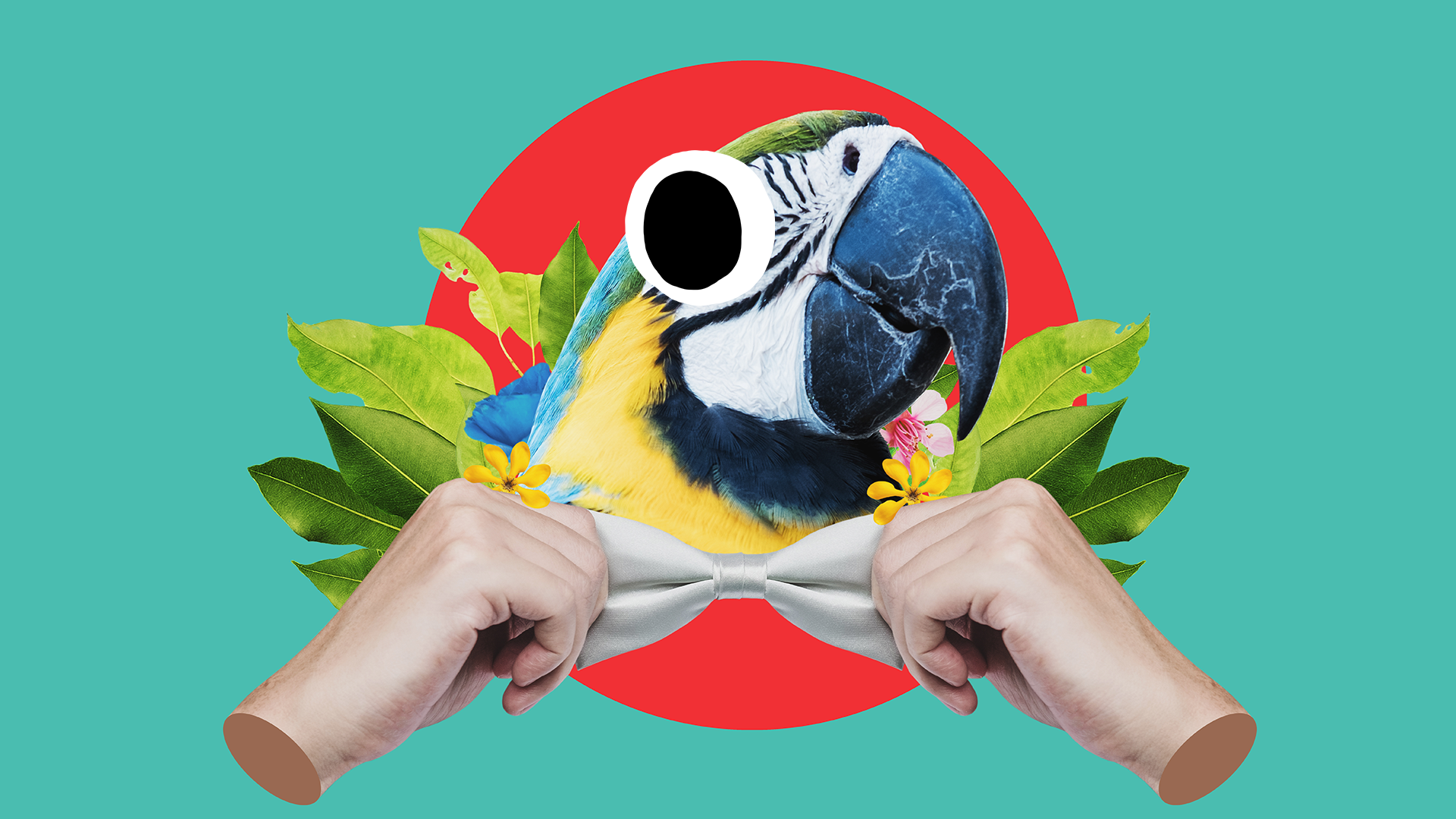
One of the key visual features of pop art is that it will be bold, bright and eye-catching! This is because it draws from comics and advertising so much, where bright colours and bold patterns are used to appeal to children and make products eye-catching and memorable.
11. It's meant to be direct
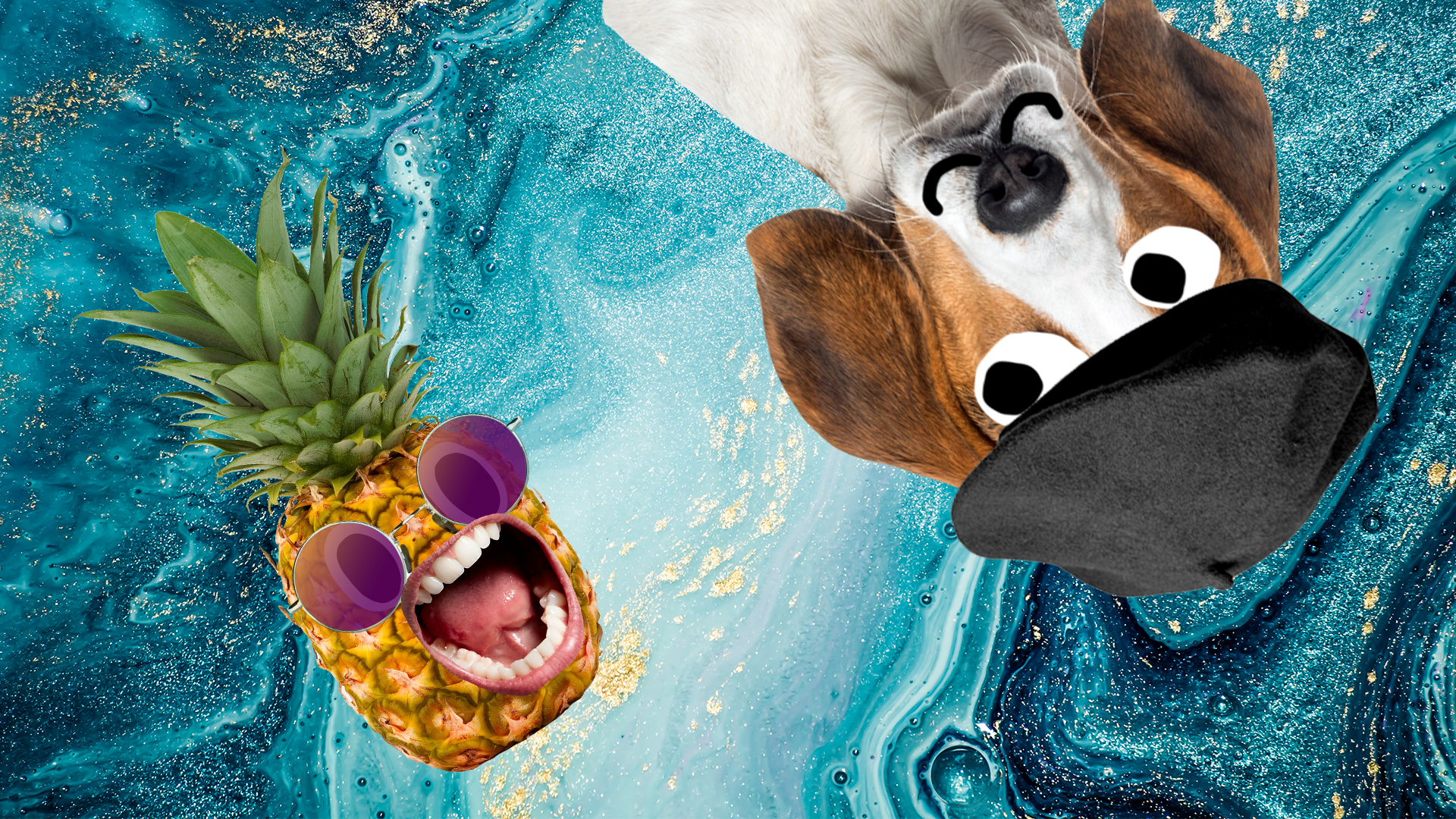
One thing about pop art is that it's not very subtle - you don't have to spend a long time trying to figure out what it means! This was done on purpose. Pop art is meant to be accessible to everyone, and it's also a response to an earlier American art movement called abstract impressionism. Works in this movement are often very open to interpetation - it might not even be obvious what you're looking at when you look at an abstract impressionist painting. A famous artist from this movement is Jackson Pollock, whose paintings were often made up of random splashes and drips of paint (he also sometimes painted by using his entire body as the brush) . One way to think of it is that abstract impressionism sort of represents your inner feelings, while pop art represents what you see in the outside world.
12. It has roots in an earlier art movement
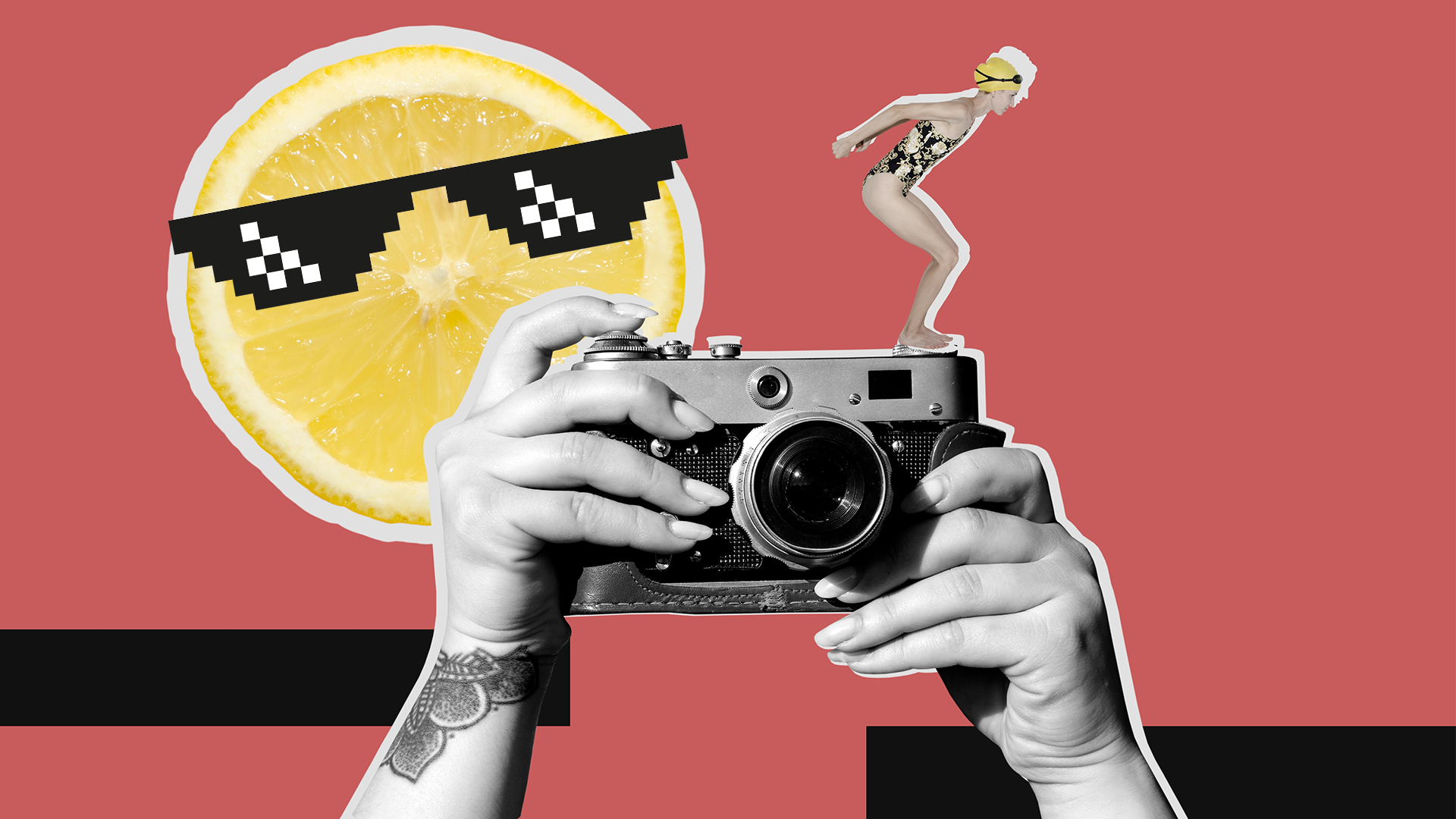
You might have noticed that pop art uses stuff that already exists to make a new piece of art - Campbell's soup tins, for example! This wasn't the first time art did this, though. After the First World War an art movement called Dada appeared. Dada was a response to the horrors of the war - if humans could make something as ugly as a world war, then they didn't deserve beautiful art. Dada artists made art that was the opposite of fine art, and it was often ugly, messy, and totally meaningless. Some people called it "anti-art." Dada artists used found objects and images to make their art, and one of the most famous pieces is "Fountain" by Marcel Duchamp, which is a urinal put on display like a statue. Pop art later did a similar thing, challenging fine art by turning everyday objects into art.
13. There were women artists, too!
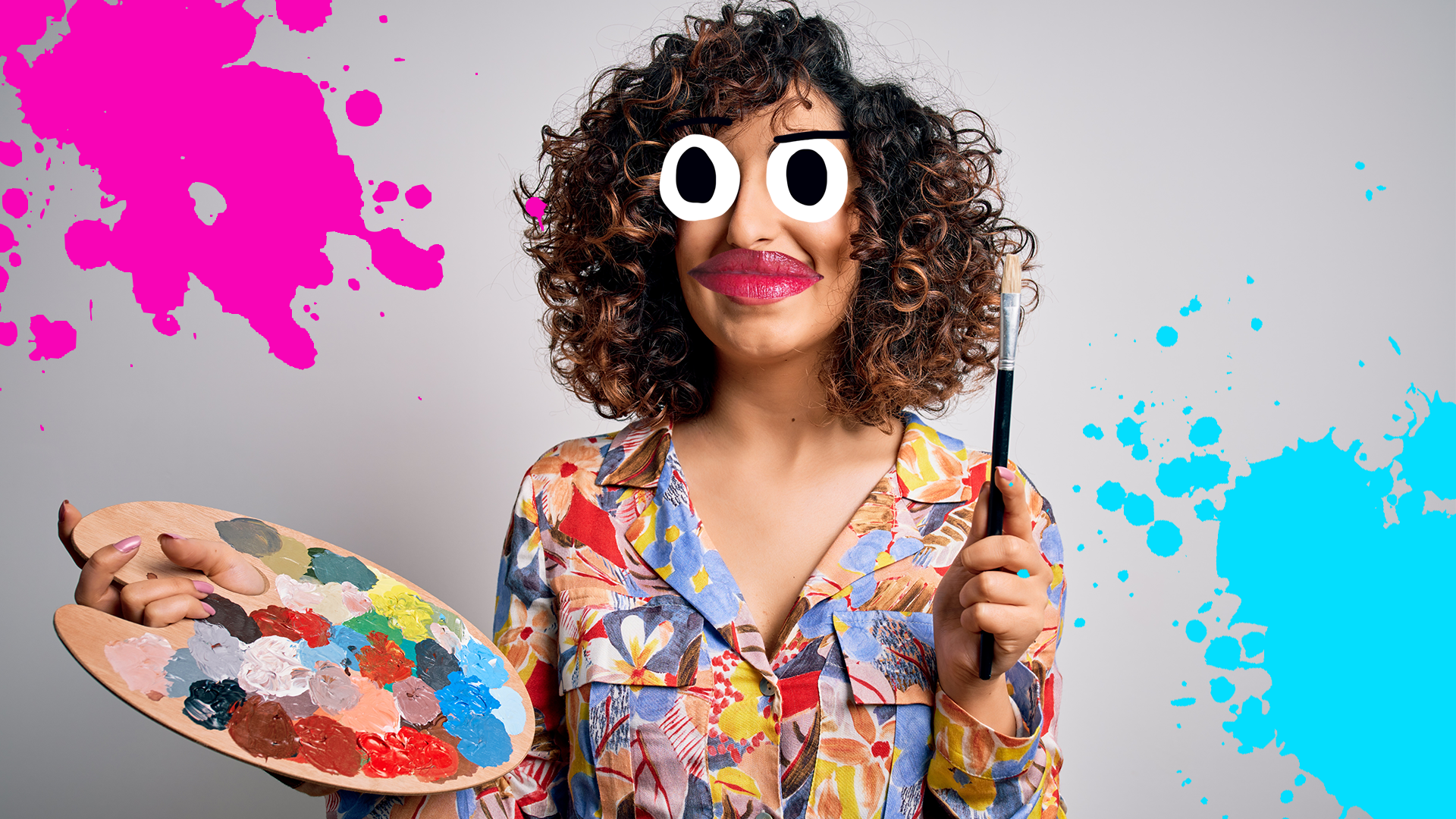
If you were wondering where all the women were in the pop art movement, don't worry! Some famous female pop artists include Yayoi Kusama (whose art can be seen in the Tate Modern), Jann Haworth (who co-designed The Beatles' Sgt. Pepper's Lonely Hearts Club Band album), Marjorie Strider, Marisol Escobar, Corita Kent and Niki de Saint Phalle. They've also got cool and interesting lives and works, though women are often under-represented in art galleries and so never become as well-known as male artists.
14. It was an international movement
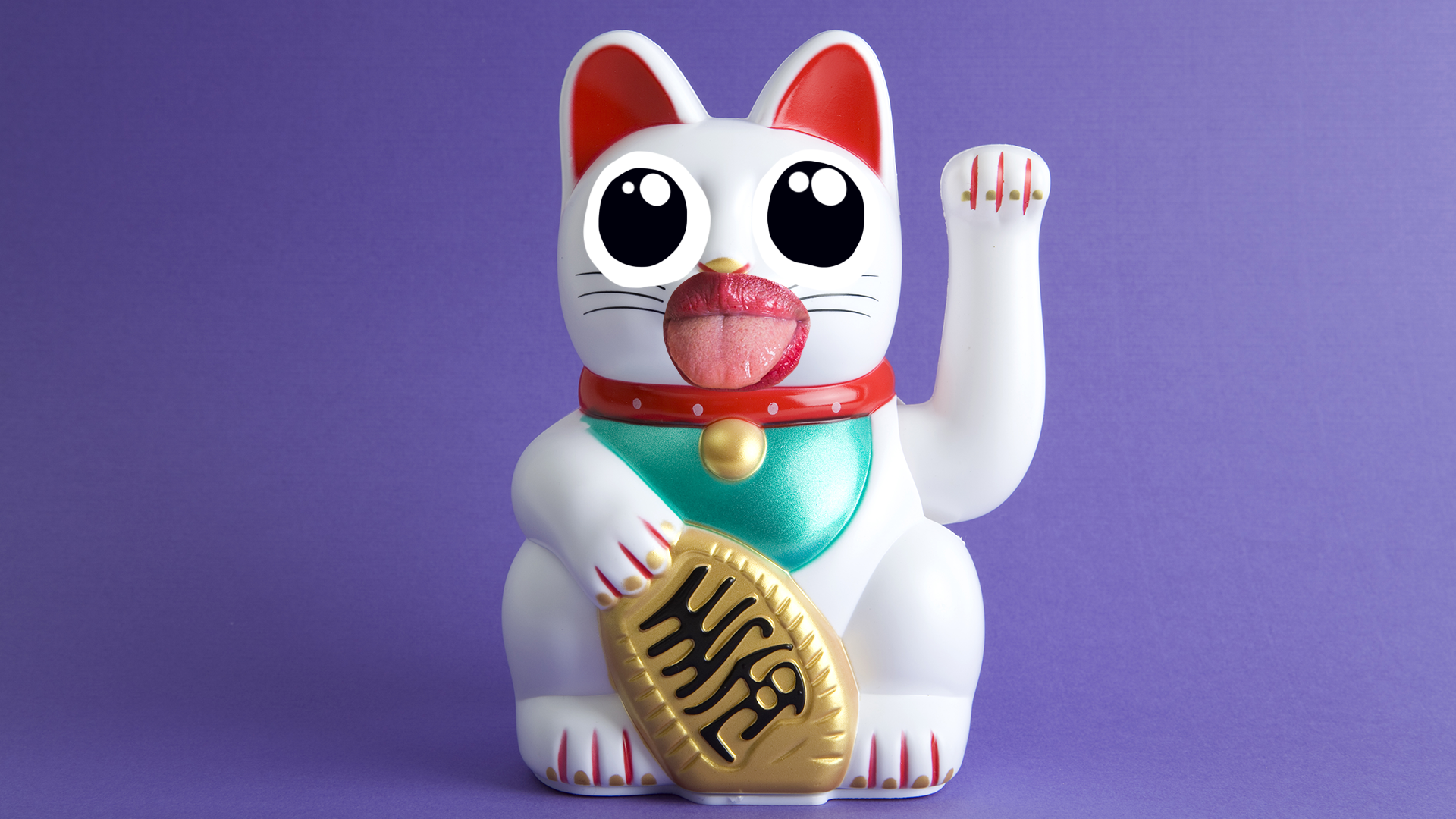
Pop culture happens everywhere, so it only makes sense that everywhere makes pop art! France, Spain and Italy produced a lot of pop artists, but there have been other movements that really have a life of their own. In New Zealand for example there's a thriving pop art scene which makes work about New Zealand everyday life (called "Kiwiana") as well as the culture of the indigenous population. In Japan there was a huge modern art scene that emerged in the late 1950s called Gutai, and lots of famous pop culture artists come from Japan and use Japan's unique pop culture for inspiration.
15. It's still going today
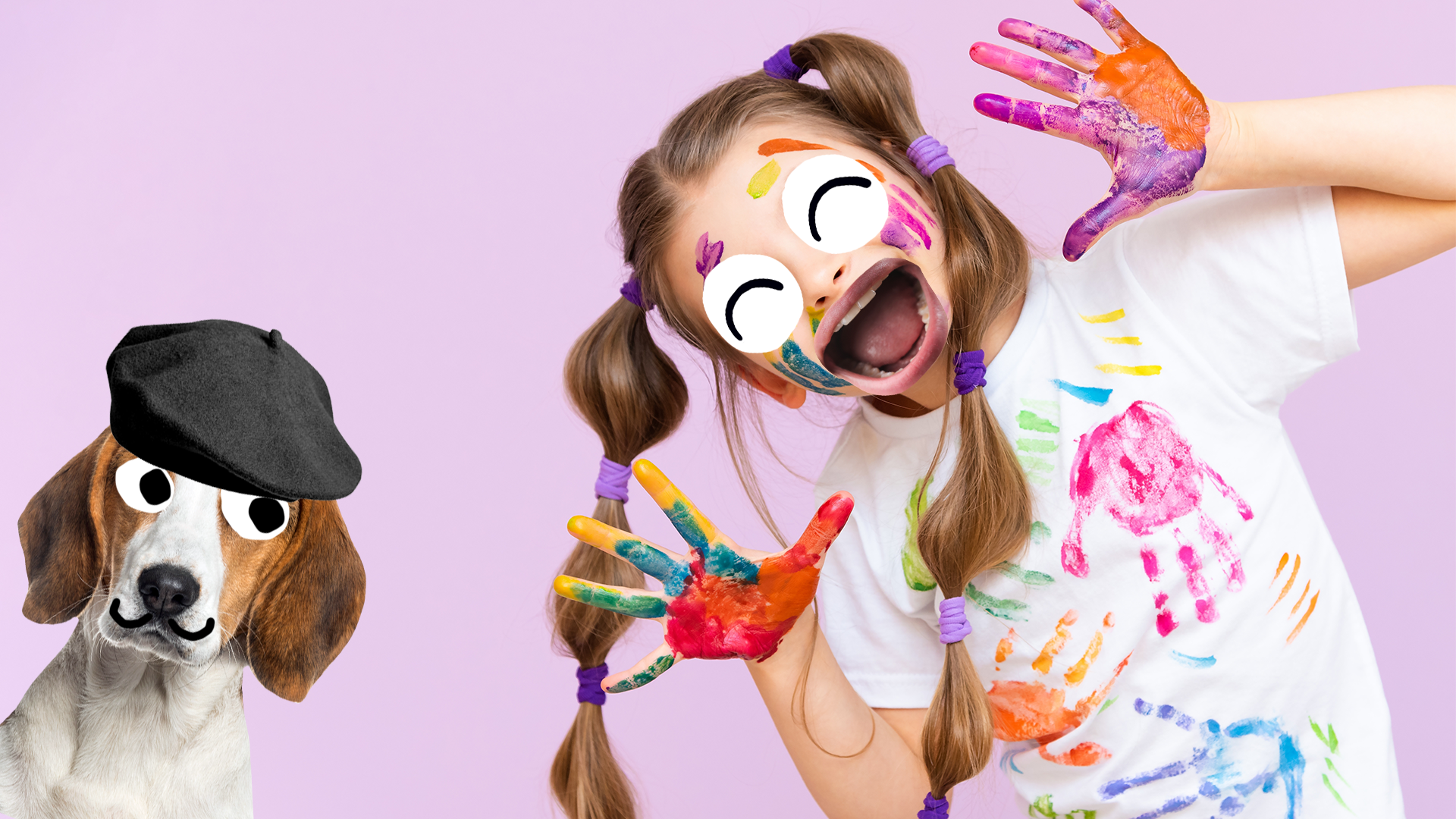
Despite the association with the 1960s, pop art is alive and well today! Modern pop artists like Jeff Koons, Damien Hirst, Jasper Johns and Yayoi Kusama are still making in-demand work, but the original pop art of the 1960s has not lost its appeal. Some of those sales figures above will let you know just how popular the classics of pop art still are, exhibitions of pop art are always well-attended, and you can buy prints and designs of pop art in a lot of places!
Now that you've learned all about pop art, why not have a go at it yourself? You could make a collage from a comic, or try drawing something ordinary in your house! Use bold colours and really let your imagination go wild!















